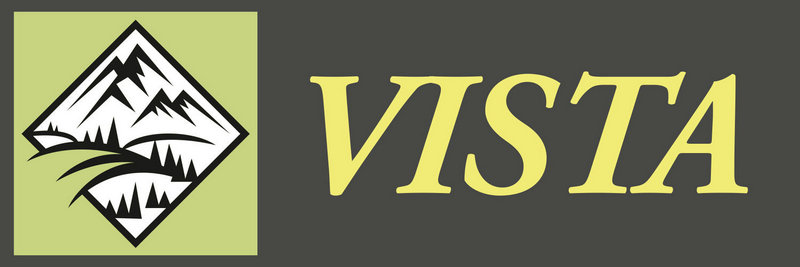By: Jen Champion
We have the power to heal and transform from the challenges we encounter. However, when our physical and mental patterns and habits do not support whole quality health, we can feel out of balance and ill. Our bodies develop grooves of anxiety, pain, and beliefs that keep us stuck in our dramas and traumas. If we do not take the time and steps to heal, prolonged stress creates chronic activation of the fight/flight response.
There are many places where we can feel tension. Often the head, neck, shoulders, and back alert us. The muscles, connective tissue, and nerves are intertwined, and at times, it’s hard to tell precisely where the pain originates. One section in the body, often unnoticed and holding tension, is called the psoas (so as) muscles. The psoas has many intricate details. I will speak briefly about them and list a few excellent resources for you to investigate.
The psoas are a group of deep muscles that often contract during times of stress, and they are like to stay contracted for some time once energized. They originate in the middle of the back and run down each side of the low back, pelvis, inner thighs, and hips.
The psoas are continuously in use. The muscles participate in our daily actions, including standing, walking, running, and sitting. When they tighten and shorten, it leads to discomfort in various body parts. Pain can be present in the hips, groin, abdomen, and low back if the lumbar spine curve is too big or small.
Don’t just stand there, get moving. Gentle movements and releasing tensions in the psoas help eliminate the stress and pain. One way to lengthen the psoas is to walk with a short conscious gait. A constructive rest pose is a restorative approach. Lay on your back with your knees bent and your feet on the floor hip-width apart and parallel. Place your heels at a comfortable distance from your buttocks. Breathe and Rest. Lifting the sternum, relaxing the shoulders, and taking deep breaths can also affect the relaxation response in the psoas.
A yoga practice will assist people in gaining presence and patience to move tension out of the body and open to a more fulfilling life.
Yoga improves the core stability in the torso and pelvis and helps the psoas function optimally. Balance in the psoas and abdominal core muscles helps maintain the natural curve of the lumbar spine, neutral pelvic alignment, and good posture. When we are in a stable comfortable position, our breathing capacity improves. With optimal breathing (deep, smooth, even, continuous and quiet), we gain a more profound recognition of how to move with comfort and ease on and off the yoga mat. We feel better physically and enhance our self-esteem. Good physical and mental health make life more enjoyable.
When we move and shape our bodies with patience and awareness, we can change our breath, thoughts, and patterns and live a more fulfilling life.






